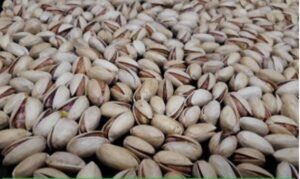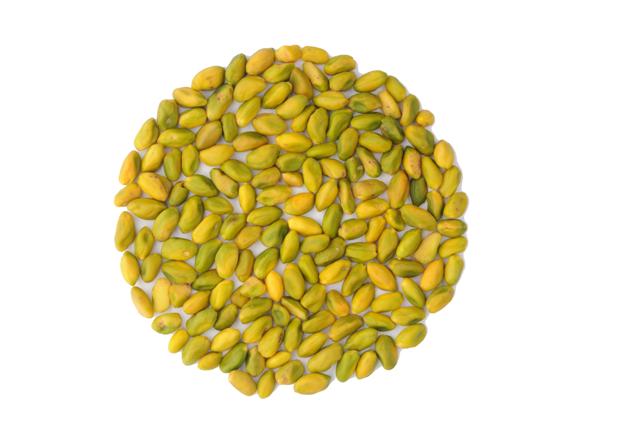Shelf Life, Signs of Spoilage, and Proper Storage
Introduction to Pistachio Shelf Life
Pistachios are a popular, nutrient-packed snack with a naturally long shelf life, but like any food, they can go bad under certain conditions. Knowing how to store pistachio properly, recognize signs of spoilage, and understand their shelf life can help you enjoy them at their best. This article explores whether pistachio go bad, how long they last, and tips to maximize their freshness. Do Pistachios Go Bad

How Long Do Pistachios Last?
Pistachio Shelf Life in Different Conditions
Pistachios have a naturally long shelf life due to their low moisture content, but this varies depending on how they’re stored. Here’s a quick guide:
- In-shell Pistachios: Pistachio with shells intact generally last longer than shelled ones. In-shell pistachio can stay fresh for up to six months in a cool, dry pantry. When stored in the refrigerator, their shelf life extends to about a year, and up to two years in the freezer.
- Shelled Pistachios: Pistachio without their shells are more exposed to air, making them more prone to spoilage. They can last up to three months in the pantry and about a year in the refrigerator or freezer when properly sealed.
https://pistachioexporter.com/do-pistachios-have-melatonin/
Signs That Pistachios Have Gone Bad
Common Spoilage Indicators
While pistachio are generally safe to store for long periods, they can go bad over time. Here are key signs that pistachios may no longer be fresh:
- Off or Rancid Smell: Pistachio should have a mild, nutty aroma. A stale or rancid odor is one of the first signs that oils in the nuts have turned, signaling spoilage.
- Odd Taste: If pistachios taste bitter, sour, or just “off,” it’s a clear sign they’ve spoiled. Rancid oils in pistachio can leave an unpleasant taste.
- Visible Mold: Mold can appear as dark spots, usually when pistachio have been stored in damp conditions. Moldy pistachio should be discarded as they are no longer safe to eat.
- Discoloration: Fresh pistachios have a light tan or greenish color. If they appear darker or have spots, they may be past their prime.
Effects of Humidity and Exposure to Air
Pistachios spoil faster when exposed to air, moisture, or fluctuating temperatures. This can lead to changes in texture, taste, and appearance, reducing their quality. Keeping pistachio in sealed containers helps protect them from these conditions and keeps them fresher for longer.
Proper Storage Tips for Pistachios
Storing Pistachios in the Pantry, Fridge, or Freezer
Correct storage methods are essential to prolonging the freshness and flavor of pistachio. Here’s how to store them in different environments:
- Pantry Storage: For short-term storage, keep pistachios in a cool, dry place in an airtight container. Avoid storing them near heat sources, which can speed up spoilage.
- Refrigeration: The refrigerator is ideal for keeping pistachio fresh for an extended period. Store them in an airtight bag or container to prevent exposure to moisture and odors from other foods.
- Freezer Storage: Freezing pistachios is the best way to extend their shelf life significantly. Place them in a freezer-safe bag or container, and they’ll stay fresh for up to two years. To use frozen pistachio, let them thaw at room temperature before eating.
Avoiding Common Storage Mistakes
Keep pistachio away from humidity, as moisture can lead to mold and spoilage. Always ensure containers are fully sealed, and avoid storing pistachios in warm or direct sunlight.
